 For more information on the topic of renewable energy, check out the University of Michigan’s Center for Sustainable Systems' U.S. Renewable Energy Factsheet.
For more information on the topic of renewable energy, check out the University of Michigan’s Center for Sustainable Systems' U.S. Renewable Energy Factsheet.
The curated collection below contains 20 videos, 4 podcasts and 5 games/activities. To access the resource, click on the image below the resource title.
Wind Energy Videos:
NREL Energy Basics: Wind
 Grade Level: K-5
Grade Level: K-5
Duration: 2 minutes 3 seconds
Description: This video from the National Renewable Energy Laboratory (NREL) explains how the movement of wind turbines generates electricity. Students will learn about the structure of wind turbines and why tall wind turbines with large blades are preferable to produce electricity.
Energy 101: Wind Power
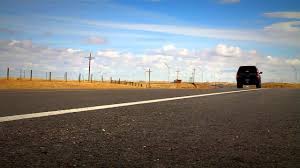 Grade Level: 3-12
Grade Level: 3-12
Duration: 3 minutes 16 seconds
Description: This short video from the U.S Department of Energy covers how electricity can be generated from wind turbines. Students will learn how wind turbines are built to efficiently capture energy from the wind.
How do wind turbines work? - Rebecca J. Barthelmie and Sara C. Pryor
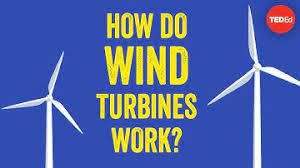 Grade Level: 4-12
Grade Level: 4-12
Duration: 5 minutes 2 seconds
Description: This video from TED-Ed discusses how wind turbines work and the benefits of this renewable energy source. Students will also learn how the design of wind turbines has changed over time to make them more efficient.
Wind Power
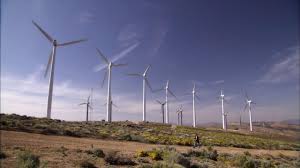 Grade Level: 6-12
Grade Level: 6-12
Duration: 2 minutes 33 seconds
Description: This short video from NOVA’s Energy Lab, provided by PBS LearningMedia, explains how wind turbines harness wind power to produce electricity. Students will learn about the structure of wind turbines as well as their benefits and drawbacks.
Solar Energy Videos:
NREL Energy Basics: Solar
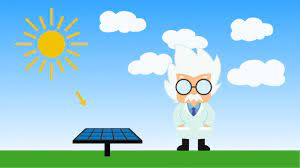 Grade Level: 3-8
Grade Level: 3-8
Duration: 2 minutes 17 seconds
Description: This video from the National Renewable Energy Laboratory (NREL) shares the history of solar energy. Students will learn about the development of solar power and where solar technology is today.
Energy 101: Solar PV
 Grade Level: 3-12
Grade Level: 3-12
Duration: 2 minutes
Description: This video from the U.S. Department of Energy discusses how solar photovoltaic (PV) systems convert solar energy to electricity. Students will learn how photons excite electrons in a solar cell to produce electricity. Additionally, this video goes over the benefits of solar PV panels.
Solar Power
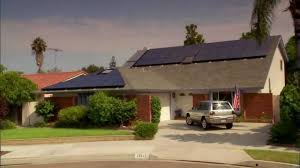 Grade Level: 3-8
Grade Level: 3-8
Duration: 3 minutes
Description: This short video from NOVA’s Energy Lab discusses how solar energy is converted to electricity by photovoltaic cells and concentrated solar power systems. Students will also learn about the benefits and challenges of solar power.
How do solar panels work? - Richard Komp
 Grade Level: 6-12
Grade Level: 6-12
Duration: 4 minutes 58 seconds
Description: This video from TED-Ed offers an in-depth explanation of how solar panels work. Students will learn about the materials used to make solar panels and about their structure. Additionally, the video discusses the challenges of solar energy.
Biomass Videos
NREL Energy Basics: Biomass
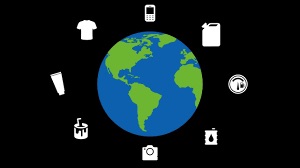 Grade Level: 3-8
Grade Level: 3-8
Duration: 3 minutes 21 seconds
Description: This video from the National Renewable Energy Laboratory (NREL) explains biomass and discusses what types of materials can be used to generate biomass electricity. Students will also learn how biomass digesters work.
Out of the Air - Into the Soil: Land Practices That Reduce Atmospheric Carbon Levels - Reducing Our Carbon Footprint with Biomass Fuels
 Grade Level: 3-12
Grade Level: 3-12
Duration: 1 minute 53 seconds
Description: This video from Prairie Public is provided by PBS LearningMedia. Students will see the inside a biomass power plant and learn how biomass, in the form of wood scraps, is used to generate power.
Turning Waste Into Energy
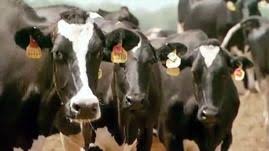 Grade Level: 6-12
Grade Level: 6-12
Duration: 7 minutes 1 second
Description: This short video from Clue into Climate, provided by PBS LearningMedia, explains how manure from dairy cows and food waste can be used to generate electricity. Students will learn about anaerobic digesters and the potential of biogas as a source of energy.
Geothermal Videos:
NREL Energy Basics: Geothermal
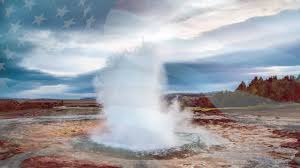 Grade Level: 3-12
Grade Level: 3-12
Duration: 2 minutes 45 seconds
Description: This video from the National Renewable Energy Laboratory (NREL) explains how heat generated deep within the earth is harnessed to produce electricity. The video covers the benefits of geothermal energy and students will learn what makes it a promising form of renewable energy.
Energy 101: Geothermal Energy
 Grade Level: 6-12
Grade Level: 6-12
Duration: 3 minutes 47 seconds
Description: This video from the U.S. Department of Energy gives a simple explanation of what geothermal energy is and discusses the differences among dry steam, flash steam, and binary geothermal power plants. Additionally, students will learn about the benefits and future possibilities of this renewable energy source.
Geothermal Heats Up
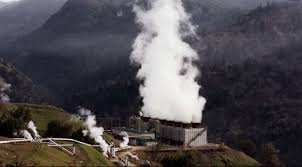 Grade Level: 6-12
Grade Level: 6-12
Duration: 10 minutes 36 seconds
Description: This video from Quest, provided by PBS LearningMedia, discusses how geothermal power is created in California by taking advantage of the heat produced below the earth’s crust. Students will learn about geothermal fields and about the drawbacks and benefits of geothermal power.
Hydroelectric Videos:
Energy 101: Hydropower
 Grade Level: 6-12
Grade Level: 6-12
Duration: 3 minutes 50 seconds
Description: This short video from the U.S. Department of Energy discusses hydropower. The video covers how hydropower is generated and describes the different types of hydropower. Students will also learn about how new hydropower technologies are helping to make hydropower more efficient and more fish-friendly.
NREL Energy Basics: Hydropower
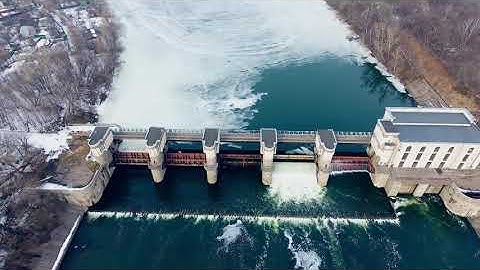 Grade Level: 3-12
Grade Level: 3-12
Duration: 2 minutes 13 seconds
Description: This video from the National Renewable Energy Laboratory (NREL) covers how Hydropower works in dams and reservoirs and its value as a renewable source of energy. Students will learn how hydroelectric power is generated and how hydropower is connected to the water cycle.
Renewable Energy General:
D4K: Green Energy
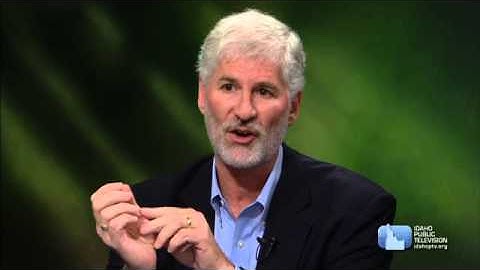 Grade Level: 6-8
Grade Level: 6-8
Duration: 28 minutes 48 seconds
Description: This video from Idaho Public Television covers the topics of nonrenewable energy, renewable energy, and energy conservation. Students will watch as green energy scientists Jon Van Gerpen and Robert Neilson answer students’ questions about renewable energy.
Never Ending Supply
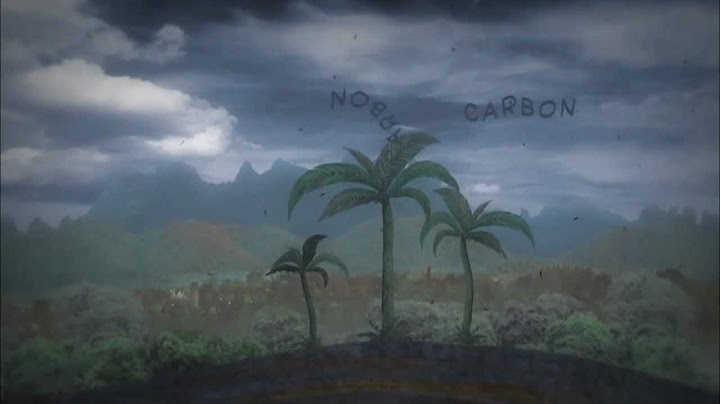 Grade Level: 3-8
Grade Level: 3-8
Duration: 2 minutes 44 seconds
Description: This short video from NOVA PBS Official discusses different kinds of renewable energy sources and what is meant by renewable energy. Students will learn about why it is important that we stop using nonrenewable resources for energy and turn to renewable energy alternatives.
Renewable Energy: Clean Tech Solutions | Exploring Energy
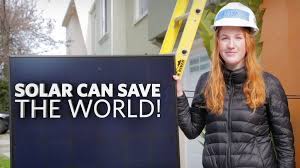 Grade Level: 6-12
Grade Level: 6-12
Duration: 5 minutes 24 seconds
Description: This video from the California Academy of Sciences' Flipside Science discusses types of renewable energy including hydropower, solar power, and geothermal power. Students will learn about the benefits of each of these sources of energy. They will also discover that consuming less energy in combination with these green technologies will help us meet the world’s future energy needs.
Nature Works - To Make Clean Energy: Video | Nature Works Everywhere
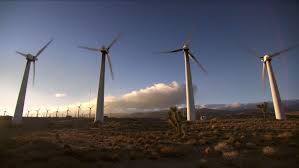 Grade Level: 3-12
Grade Level: 3-12
Duration: 4 minutes and 36 seconds
Description: This video from The Nature Conservancy, provided by PBS LearningMedia, discusses renewable and nonrenewable sources of energy. Students will learn about different renewable energy technologies including solar and wind power, and about the importance, of placing power plants where they will be the most efficient and do the least damage to the surrounding environment.
Podcasts:
Here Comes The Sun-Powered Energy!
 Grade Level: K-3 (Not recommended for single-session listening!)
Grade Level: K-3 (Not recommended for single-session listening!)
Duration: 25 minutes 20 seconds
Description: In this episode of Wow in the World hosts Mindy Thomas and Guy Raz go back in time. Students will learn learn how fossil fuels were created and discuss wind and solar power as alternatives to nonrenewable energy. Mindy Thomas and Guy Raz also talk about reducing waste and consumption as ways to help the planet.
Squeaky Clean FOR KIDS!
 Grade Level: 2-6
Grade Level: 2-6
Duration: 10 minutes 38 seconds
Description: This episode of the Squeaky Clean Energy Podcast was made especially for kids. The podcast discusses different types of clean renewable energy sources and the problems associated with nonrenewable energy. Students will also learn ways that they can conserve energy at home to help the planet and will hear from their peers why clean energy is important.
Food Waste + Poop = Electricity
 Grade Level: 5-12
Grade Level: 5-12
Duration: 9 minutes 39 seconds
Description: This episode of Short Wave from NPR discusses biomass electricity and the potential of this renewable source of energy.
Climate change’s big question: Can we get to zero carbon?
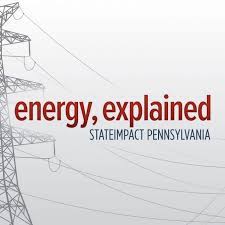 Grade Level: 9-12
Grade Level: 9-12
Duration: 39 minutes 58 seconds
Description: In this podcast from NPR’s StateImpact Pennsylvania, students will hear from a panel of experts as they answer questions about renewable energy and the path to future carbon neutrality. Students will learn about the challenges of renewable energy and about technologies such as carbon capture and better battery storage, which will be necessary to mitigate the impacts of climate change.
Games:
Fidgit Power
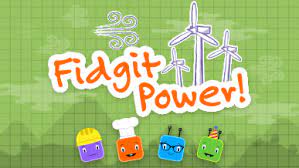 Grade Level: PK-2
Grade Level: PK-2
Duration: Varies
Description: In this game from PBS KIDS, students will build wind turbines to power a bakery, a school, a toy factory, and a party. They must select the right height for each turbine to generate electricity. When students complete a challenge, they will unlock a fun variety of windmill blades. Students will then see how the electricity generated at each location is put to good use.
Get Current: Switch on Clean Energy Coloring Book
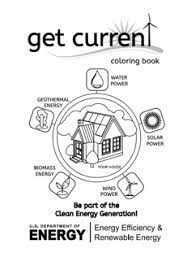 Grade Level: K-3
Grade Level: K-3
Duration: Varies
Description: This coloring book from the U.S. Department of Energy includes coloring pages that teach young students about geothermal energy, biomass energy, hydropower, solar power, and wind power. Students will learn how these different types of renewable energy are generated.
Click HERE for Spanish version.
Sun S’mores
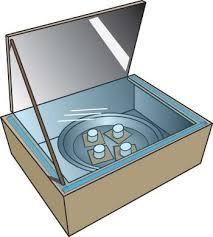 Grade Level: K-6
Grade Level: K-6
Duration: 30-45 minutes
Description: In this project from NASA Climate Kids, students will build a solar-powered oven to make s’mores. Students will learn about solar energy firsthand by harnessing the power of the sun to melt chocolate and a marshmallow, and creating a delicious treat.
Watch THIS VIDEO for more information about the project.
The Energy Lab
 Grade Level: 6-12
Grade Level: 6-12
Duration: Varies
Description: In this lab/simulation from NOVA Labs by PBS, students will design renewable energy systems for different cities. When completing this task, students must analyze data about the renewable energy potential in each region and work within given constraints such as area used and budget.
Generate: The Game of Energy Choices
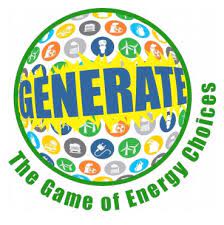 Grade Level: 6-12
Grade Level: 6-12
Duration: Varies
Description: In this board game designed by the U.S. Environmental Protection Agency (EPA), students will make decisions involved in generating energy and learn the costs and benefits associated with the choices they make.